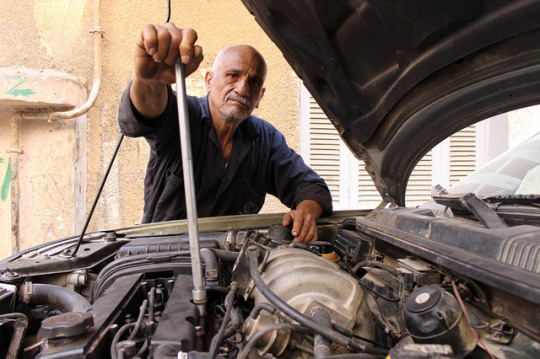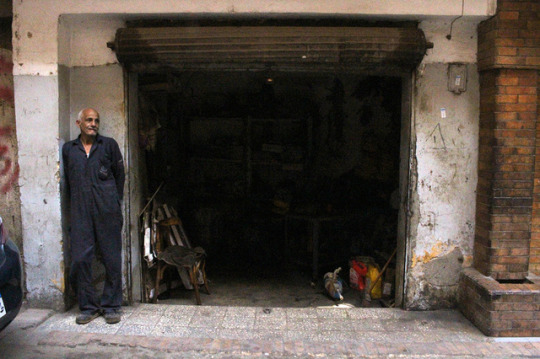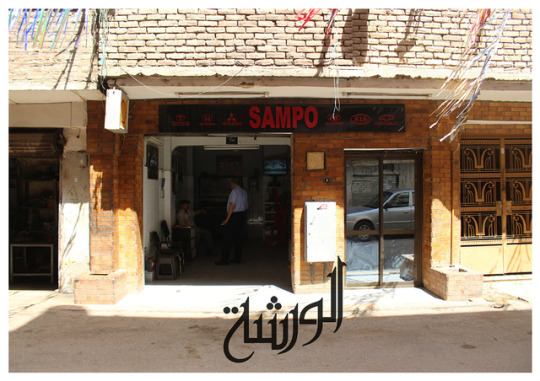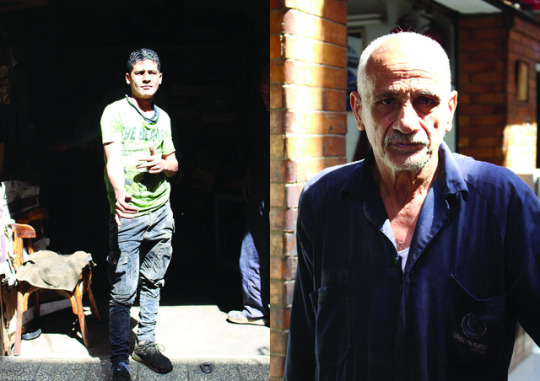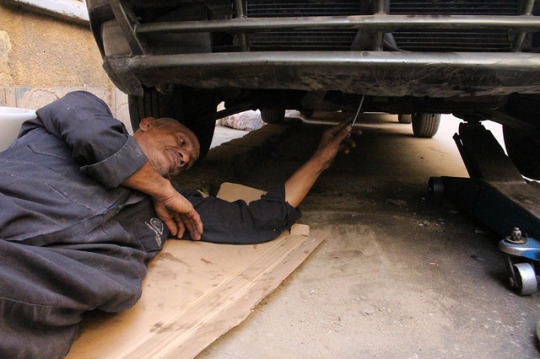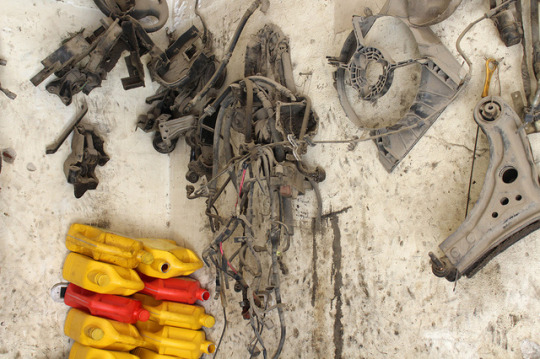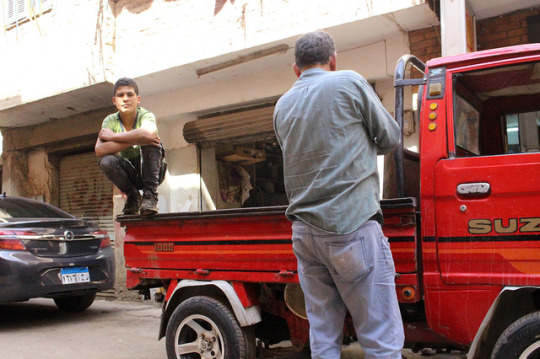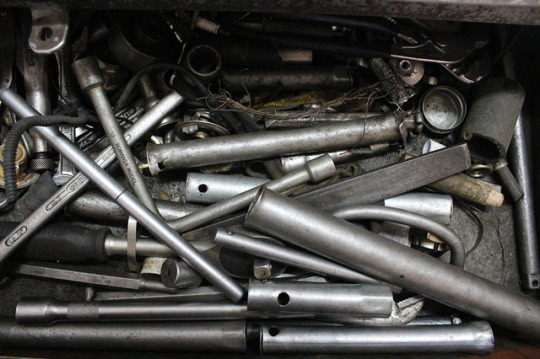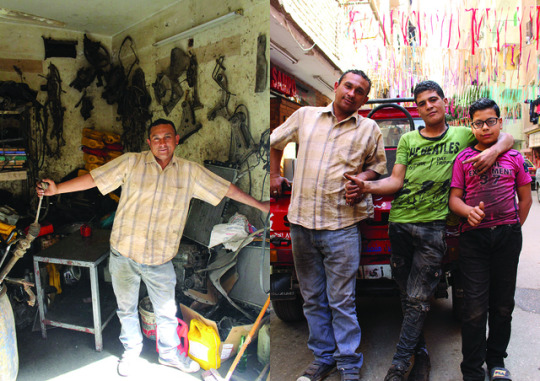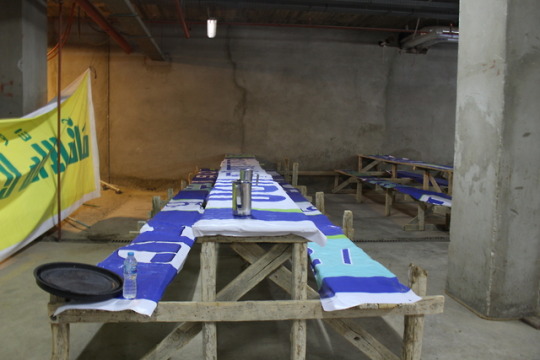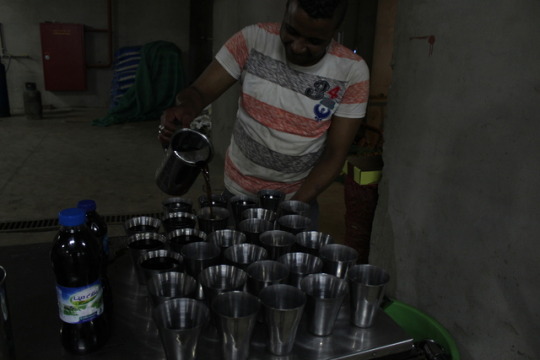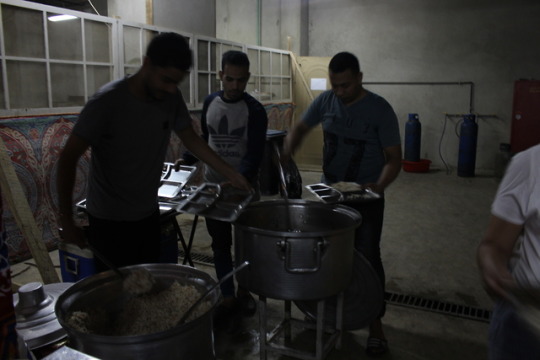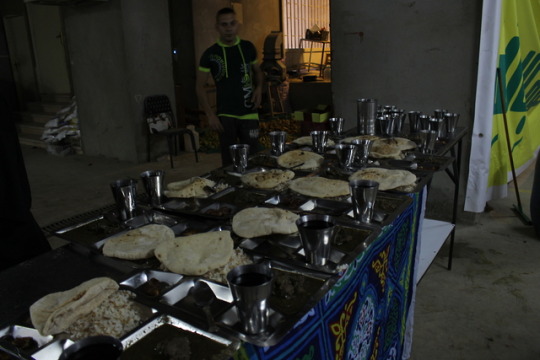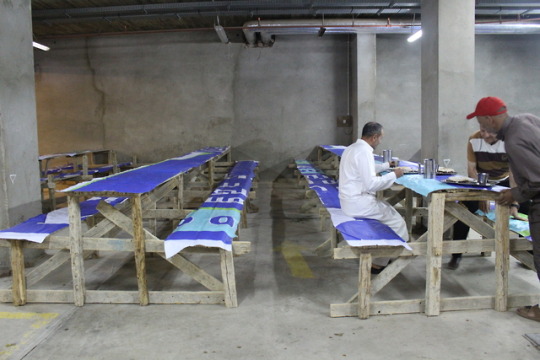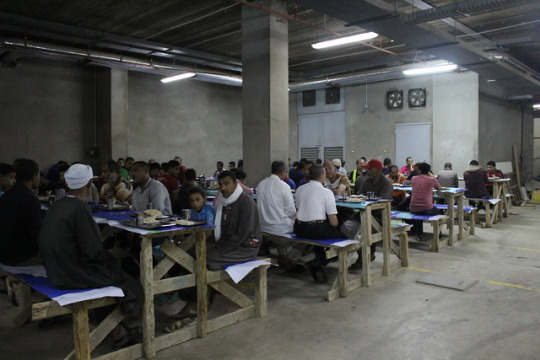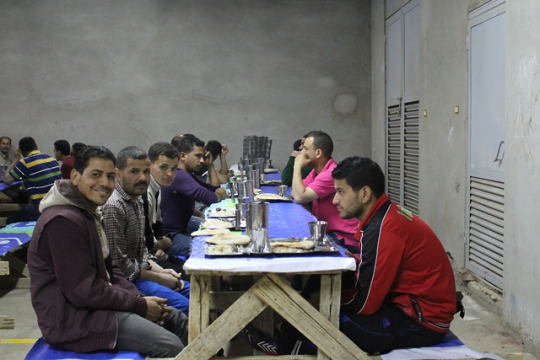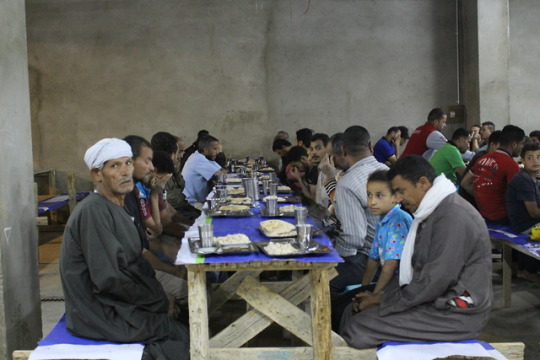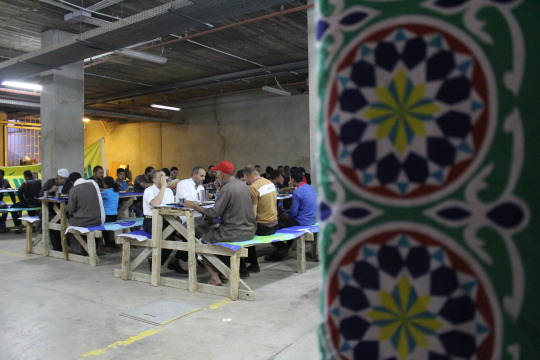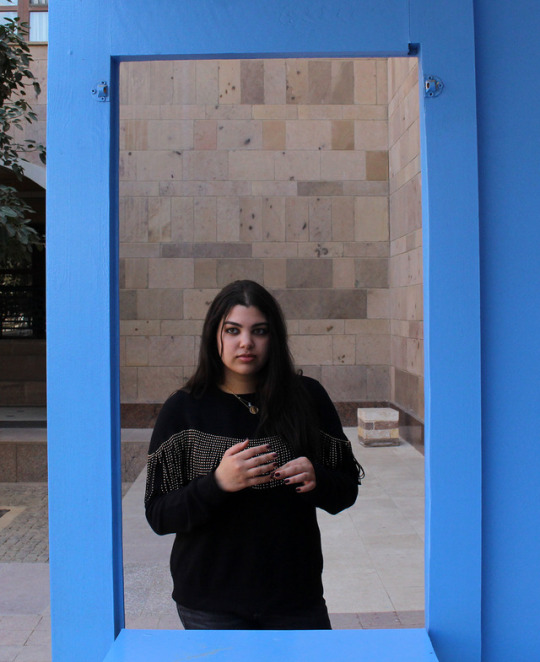Don't wanna be here? Send us removal request.
Text
Other research
Our initial project’s approach was going to be portrait. Therefore, we researched about it. From several sources, we found that in order to take a good portrait its best to capture a shallow depth of field, with aperture around 2.8-5.6. Furthermore, we found that we should set our iso on 1,600 or higher if we are photographing indoor or in a place with low light. Also, composition plays a very important role, if the photos are not calming to the eyes, they wont be percieved as good portarits. It is also important to use the rule of thirds, as it drasw the viewers into the composition instead of just the center. Good focus is also crucial. Other than Brandon Stanton, we were inspired by Jimmy Nelson. Nelson is an english photojournalist and photographer who is best known for his portraits of tribes. We couldnt get access to any of his projects as a whole, but we saw snaps of various projects, such as “ Before They Pass Away.” In this project he travels for 3 years to meet and get to know 35 indigenous tribes. This shows that also getting to know the people before photographing them is important.
1 note
·
View note
Photo

Our approach is photo-essay. when we searched for photo essays we were the most inspired by the photographer Jan Sochor. Sochor was born in Czech Republic and was the most astonished by the cultures of Latin America. To be able to create his outstanding photo essays. Sochor lives in the place his project is about for a while to get to know the people and get the people to trust him. most importantly, he tries to focus on capturing the subjects or events as truthfully as possible. one of his great works we really got inspired by is called “free my soul.” this project is about exorcism in Mexico and Colombia, it shows people being “cured” from evil spirits and such. along with the pictures, there is text describing the beliefs of this culture about those topics. there are various kinds of shots as well, wide, closeups, and such. This photographer was a huge inspiration for us to get out of our comfort zones and photograph something out of our norm. As we researched more into photoessays, we found that presentation is very important, as it matters in the way viewers perceive the story.
2 notes
·
View notes
Text
reflection 5
This assignment was the most challenging for me. at the begining we chose a topic that was very intersting to us. However, it did not go well as it was hard to reach the subjects. We struggled to come up with another idea as we were very close to the deadline. We tried a few ideas before we settle for el “ warsha”, which were messy. Luckily, we settled on el “warsha” and got to it as soon as possible. Throughout the process of choosing a topic, I learned a lot about myself. I learned that I always go for ideas that are extremely interesting but never take into consideration the process of accomplishing my goal. On the bright side, I got to meet people from different social class and interact with them, which was interesting to me because they have a different life style. Most importantly, this assignment got me hooked to photography. I discovered that I really enjoy speaking to people and taking portraits of them. I also realized that it all comes with practice. I will definitely never stop practicing photography. As much as some of the tasks were little bit demanding, I am really sad that this course is over. the most challenging thing about this task to me was finding a doable topic, while the most enjoyable was interacting with the people of el “warsha” and photographing them. This task made me fall in love with photography even more.
1 note
·
View note
Text
Reflection “ What makes a photographer famous?”
In my opinion, what makes a photographer famous lies not only within the quality of the pictures, but also within to what extent does the photographs make the viewers think, wonder, or feel emotions. When I searched for what makes a photographer famous, the answers I got were not convincing to me. For example, I read that to be able to produce an image that could go viral, it has to have a sharp focus, correct exposure, and good composition. However, I think it takes more than that. For example, Robert Capa’s photographs were on war. I am pretty sure that his pictures were not of good composition or focus, but what made them famous were the emotions they displayed and the stories they told. I also think that his great efforts played a role in that as well. Furthermore, I believe that every photographer has his or her own uniqueness of oddness. By this I mean the photography of patterns or things that people are familiar with, but are captured in ways that make you wonder what the subject is. Moreover, photographers who know how to capture unique, one in a lifetime scenes. Most importantly to me, in order for a photographer to be famous, he or she must know how to produce photographs that emit emotions that are very similar to what a person would feel if they were looking at the same subjects in reality with their naked eyes.
1 note
·
View note
Text
Research
The photographer of the original photo titled as “Julia Jackson” is Julia Margret Cameron. The British was born in 1815 and died in 1879. She was most popular for her portraits of figures at that time, such as Charles Darwin, and pictures with Arthurian and courageous themes. She started her career at the age of 48 and it only lasted for eleven years, producing more than twelve hundred images. Most interestingly, Cameron’s work was not appreciated in her time because she would use a soft focus and manipulate the wet collodion process. However, her work influences many artists nowadays. It is worth noting that the subject of the photograph is her niece, Julia Jackson. Cameron photographed more than 20 pictures of her niece to portray her as a natural personification of beauty, elegance, and purity and it was taken in 1867. The photograph was also taken a month before the subject’s wedding. She was photographed with her hair down and wide eyes to highlight her determinacy for her social and personal change. The book in which I took the photograph from is entitled as “Julia Margret Cameron: the complete photographs.” This book is a complete catalogue of Cameron’s photos, which includes sections for woman, men, children, religion, and many more themes. The artists who gathered the photographs and produced the book are Julian Cox, Colin Ford, Joanne Lukitsh, and Philippa Wright in 2002.
1 note
·
View note
Photo
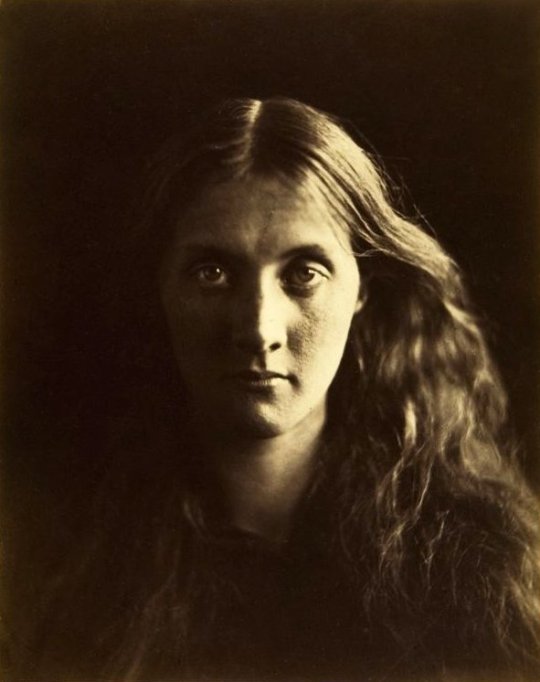
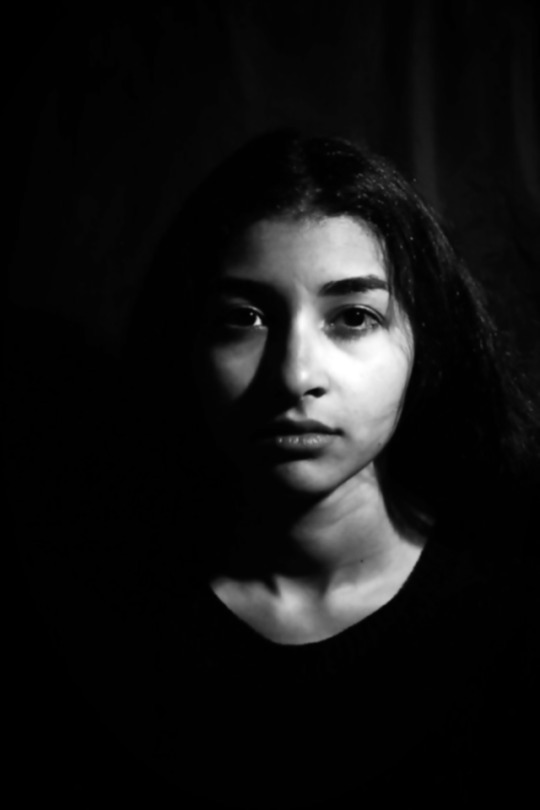
“Julia Jackson” by Julia Cameron from “Julia Margret Cameron: the complete photographs.”
aperture: 6.3
shutter speed: 1\13
1 note
·
View note
Text
Assignment 2 reflection
This assignment was very interesting, yet challenging to me. At first I thought it would be easier or at the same level of the previous assignments, but then I realized that it was not. This time my struggle was not with the settings of the camera but with the ideas of the pictures, as I wanted them to be creative and not boring. The most challenging photo for me was the frame in a frame photo because I could not capture something creative and thought that the surroundings were very typical and boring. Thankfully, I managed to find something that might look like a portrait. The picture I liked the most was the perspective photo. Like the rest of the pictures, first I thought it would be boring, but then when I started to move the camera around I realized that I could make it look interesting. Also, it was fun capture cars moving and have their light captured. I learned a lot from assignment, such as how to play with light, editing, and shutter speeds and apertures and how the difference in each could produce completely different photos. Overall, I really enjoyed finding ordinary things and making them look interesting.
1 note
·
View note
Photo
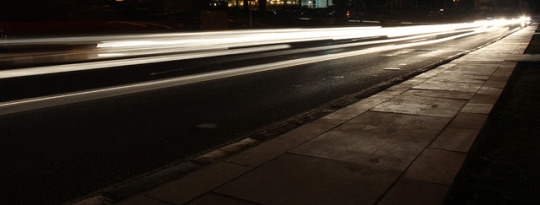
light movement at night
aperture: 13
shutter speed: 5′’
2 notes
·
View notes
Photo
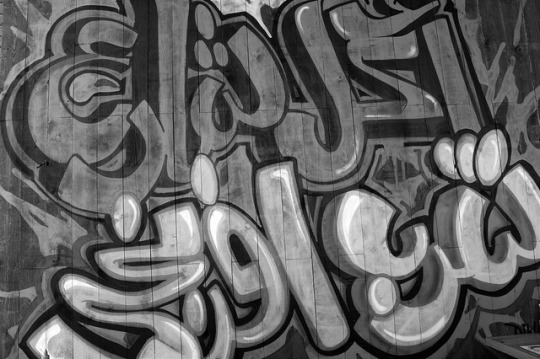
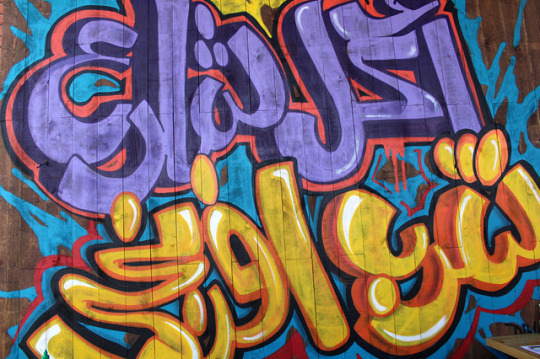
Black and white Aperture: 5.6 Shutter speed: 1/400
2 notes
·
View notes
Photo
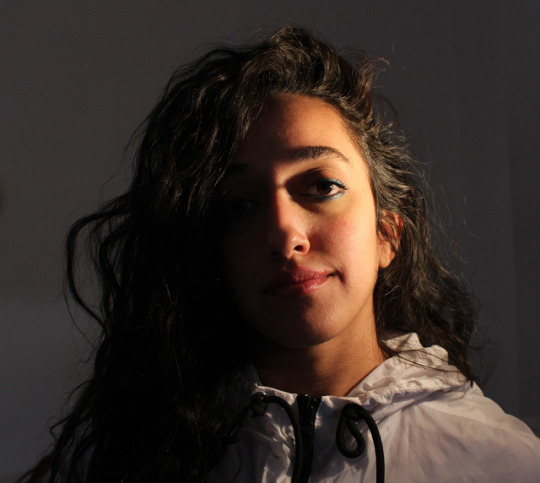
light direction
aperture: 5.6
shutter speed: 1/25
2 notes
·
View notes
Photo

strong color
aperture: 5.6
shutter speed: 1/2500
2 notes
·
View notes
Photo
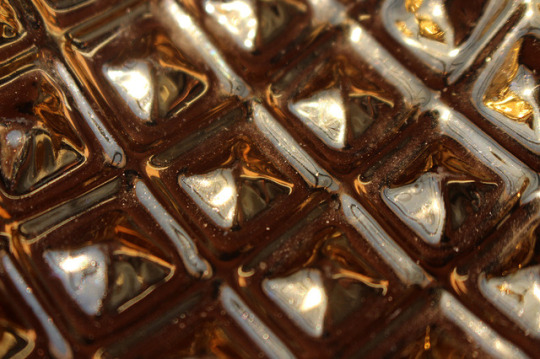
strong shape
aperture: 5.6
shutter speed: 1/ 3200
2 notes
·
View notes
Photo

point of view
apreture: 8
shutter speed: 1/ 3200
2 notes
·
View notes
